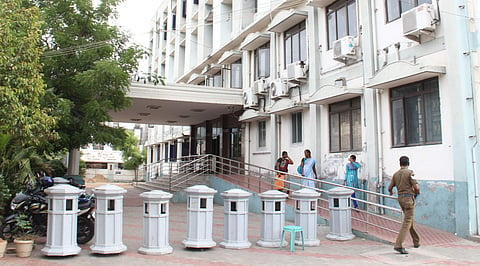

MADURAI: Pointing out the success of the human milk bank at Government Rajaji Hospital (GRH), Neonatology department head Dr J Ashok Raja said the establishment of collection units across the district will make it convenient for lactating women to donate milk. Volunteers should be appointed to transfer the milk to the hospitals, he added.
Raja said, "Donors for the milk bank in GRH, which opened in 2015, are increasing each day. The hospital administration mostly seeks donations from mothers, who come for labour and other treatments. The donated milk would mostly be used for inpatients, but mothers who want milk can come to the hospital and get it free of cost with a letter from the doctor concerned."
Allaying fears that mothers will run out of milk if they donate, Raja said it is a myth and that donations would increase milk secretion in mothers. "A lactating woman, who is healthy and not taking medications or supplements, will be screened for infections. After that, the milk will be collected and sent for pasteurisation, following which it will be stored in a deep freezer at -20 degree Celsius. The freezer at GRH has a capacity of 200 litres. Once the milk culture reports are cleared, the collected milk can be given to babies," he added.
Raja further said on average, 1 to 1.5 litres of milk will be collected and provided to the newborns admitted to the ICU and to mothers for feeding their toddlers. "Some mothers, who had C-section surgery, would find it difficult to feed their babies initially. Newborns should be fed human milk exclusively as it saves pre-term babies from getting Necrotizing Enterocolitis (NEC), a gastrointestinal problem.
Heading: Increase in milk donations
Year Donors Milk collected Infants benefitted
2020 637 31 litres 417
2021 1,800 199 litres 1,649
2022 2,833 367 litres 3,790
2023* 1,558 211 litres 2.689
*Till July
Source: GRH